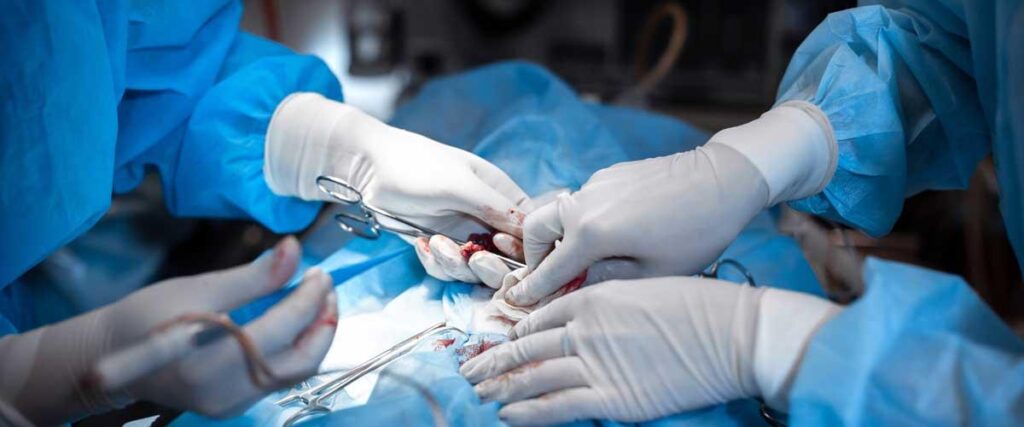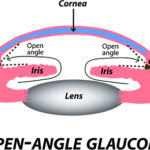Open heart surgery, a critical life-saving procedure, inherently carries the risk of surgical site infections (SSIs) and other healthcare-associated infections (HAIs). The sternotomy incision, prolonged exposure of internal structures, and use of cardiopulmonary bypass (CPB) systems increase susceptibility to microbial contamination. Effective infection prevention protocols are paramount for improving patient outcomes and reducing postoperative morbidity and mortality.

Understanding Surgical Site Infections (SSIs) in Cardiac Surgery
SSIs following open heart procedures predominantly affect the sternal wound, but deep tissue and mediastinal infections, such as mediastinitis, can also occur. SSIs are classified as:
- Superficial Incisional SSI: Involves skin and subcutaneous tissue.
- Deep Incisional SSI: Involves deeper soft tissue layers.
- Organ/Space SSI: Involves mediastinal structures, a life-threatening condition post-sternotomy.
Infection prevention requires a multi-phase approach encompassing preoperative, intraoperative, and postoperative interventions.
Preoperative Measures to Prevent Infection
1. Preoperative Risk Stratification
Identifying high-risk patients is the first step. Common risk factors include:
- Diabetes mellitus
- Obesity (BMI >30)
- Smoking
- Chronic kidney disease
- Immunosuppression
- Prolonged hospitalization prior to surgery
2. Patient Skin Preparation
- Preoperative showers using chlorhexidine gluconate (CHG) for 2–3 days.
- Hair removal, if necessary, should be done using clippers, not razors, to reduce micro-abrasions.
3. Antimicrobial Prophylaxis
- Administer prophylactic antibiotics 30–60 minutes before incision (commonly cefazolin or vancomycin in MRSA-colonized patients).
- Additional intraoperative doses if surgery exceeds 4 hours or significant blood loss occurs.
Intraoperative Infection Control Protocols
1. Strict Aseptic Technique
- All personnel must adhere to surgical hand antisepsis, sterile gowning, and gloving procedures.
- Operating room traffic should be minimized to reduce airborne contamination.
2. Normothermia Maintenance
- Maintaining core body temperature reduces infection risk by supporting immune function and tissue perfusion.
3. Blood Glucose Management
- Intraoperative glucose levels should be maintained below 180 mg/dL, even in non-diabetic patients.
4. Ventilation and Environmental Control
- Use of laminar airflow systems and HEPA filters reduces airborne microbial load.
- Proper sterilization of instruments and surgical drapes is mandatory.
Postoperative Strategies for Preventing Infections
1. Wound Care and Surveillance
- Use sterile dressings post-surgery, changed under aseptic conditions.
- Wounds should be monitored daily for:
- Redness
- Swelling
- Discharge
- Fever or localized pain
2. Antibiotic Stewardship
- Discontinue prophylactic antibiotics within 48 hours unless infection is confirmed.
- Monitor for signs of antibiotic resistance or Clostridioides difficile overgrowth.
3. Glycemic Control
- Continued glucose monitoring post-surgery supports healing and infection prevention.
4. Patient and Caregiver Education
- Teach proper wound care techniques
- Educate on signs of infection and when to seek medical help
- Encourage smoking cessation and diabetes management
Role of Advanced Techniques and Innovations
1. Negative Pressure Wound Therapy (NPWT)
- Used in high-risk patients post-sternotomy
- Promotes healing and prevents infection by maintaining a closed wound environment
2. Closed Incision Negative Pressure Therapy (ciNPT)
- Applied immediately after surgery
- Reduces risk of superficial and deep sternal wound infections
3. Use of Sternal Wound Protectors
- Devices that isolate the incision from the surgical field
- Provide an additional barrier to microbial contamination
Surveillance and Quality Control Measures
Hospitals must implement continuous quality improvement measures, including:
- Tracking SSI rates
- Conducting routine surgical audits
- Implementing checklists for surgical prep and post-op care
- Compliance monitoring of hand hygiene and antibiotic protocols
Guidelines and Recommendations
Leading health authorities provide comprehensive guidelines for infection prevention:
| Organization | Key Recommendations |
|---|---|
| CDC | SSI surveillance, CHG bathing, normothermia |
| WHO | Antibiotic timing, no routine wound irrigation |
| STS | Glucose control, NPWT for high-risk sternotomy |
| ECDC | Cross-infection prevention, staff training |
Frequently Asked Questions:
Q1: What are the first signs of infection after open heart surgery?
Redness, warmth, pus discharge at the incision site, fever, and pain are typical early signs.
Q2: How long should antibiotics be used after heart surgery?
Prophylactic antibiotics are typically discontinued within 48 hours unless signs of infection are present.
Q3: Can infection delay healing after cardiac surgery?
Yes, infections can significantly impair healing and may lead to complications such as mediastinitis or sepsis.
Q4: What is mediastinitis, and how is it prevented?
Mediastinitis is a deep infection of the chest cavity, often prevented through prophylactic antibiotics, NPWT, and strict surgical hygiene.
Q5: Is negative pressure wound therapy standard after heart surgery?
While not standard for all, it is recommended for high-risk patients or those with previous wound complications.
Preventing infection following open heart surgery is a multidisciplinary endeavor requiring stringent preoperative screening, meticulous intraoperative hygiene, and vigilant postoperative care. By implementing standardized protocols, leveraging modern technology like negative pressure therapies, and promoting patient education, we can significantly reduce the incidence of surgical site infections and enhance surgical outcomes.

